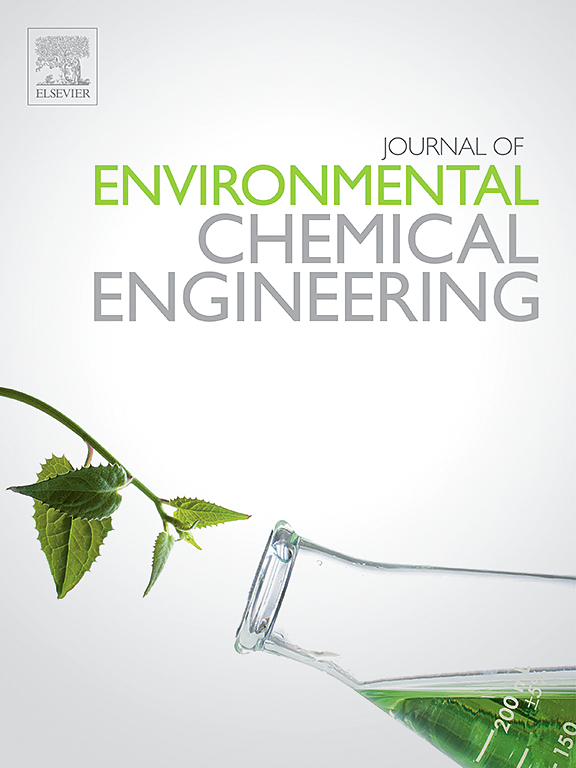离子液体的环境应用和毒性
IF 7.4
2区 工程技术
Q1 ENGINEERING, CHEMICAL
引用次数: 0
摘要
离子液体(ILs)具有可调节的混溶性、可忽略的蒸汽压和宽广的电化学窗口等特点,已成为各种环境和工业应用中有机溶剂的普遍替代品。本研究对近年来新开发的离子态有机溶剂在环境方面的应用进行了综述,强调了它们在去除废水和废气中的污染物以及环境分析方面的作用。此外,还回顾了 ILs 与金属有机框架(MOFs)和石墨烯等新型材料的结合。此外,还探讨了新开发的 IL 的毒理学特征和机理。报告更新了在设计毒性较低的 ILs 方面的最新研究进展,以及针对环境中的有毒 ILs 开发新的缓解方法。最后,提出了 ILs 未来的研究方向和应用前景。本文章由计算机程序翻译,如有差异,请以英文原文为准。
Environmental applications and toxicity of ionic liquids
Ionic liquids (ILs), characterized by their tunable miscibility, negligible vapor pressure, and wide electrochemical window, have emerged as a prevalent substitute for organic solvents in diverse environmental and industrial applications. This work provides a critical review on environmental applications of newly developed ILs in recent years, emphasizing their roles in removal of pollutants from wastewater and exhaust gas, and environmental analysis. Furthermore, the combination of ILs with novel materials such as metal-organic frameworks (MOFs) and graphene is recapitulated. Moreover, the toxicological profile and mechanisms of newly developed ILs were also explored. It updates the recent research progress in the design of less toxic ILs and the development of novel mitigation methods for toxic ILs in the environment. In the end, future research directions and perspectives in the application of ILs are proposed.
求助全文
通过发布文献求助,成功后即可免费获取论文全文。
去求助
来源期刊

Journal of Environmental Chemical Engineering
Environmental Science-Pollution
CiteScore
11.40
自引率
6.50%
发文量
2017
审稿时长
27 days
期刊介绍:
The Journal of Environmental Chemical Engineering (JECE) serves as a platform for the dissemination of original and innovative research focusing on the advancement of environmentally-friendly, sustainable technologies. JECE emphasizes the transition towards a carbon-neutral circular economy and a self-sufficient bio-based economy. Topics covered include soil, water, wastewater, and air decontamination; pollution monitoring, prevention, and control; advanced analytics, sensors, impact and risk assessment methodologies in environmental chemical engineering; resource recovery (water, nutrients, materials, energy); industrial ecology; valorization of waste streams; waste management (including e-waste); climate-water-energy-food nexus; novel materials for environmental, chemical, and energy applications; sustainability and environmental safety; water digitalization, water data science, and machine learning; process integration and intensification; recent developments in green chemistry for synthesis, catalysis, and energy; and original research on contaminants of emerging concern, persistent chemicals, and priority substances, including microplastics, nanoplastics, nanomaterials, micropollutants, antimicrobial resistance genes, and emerging pathogens (viruses, bacteria, parasites) of environmental significance.
 求助内容:
求助内容: 应助结果提醒方式:
应助结果提醒方式:


